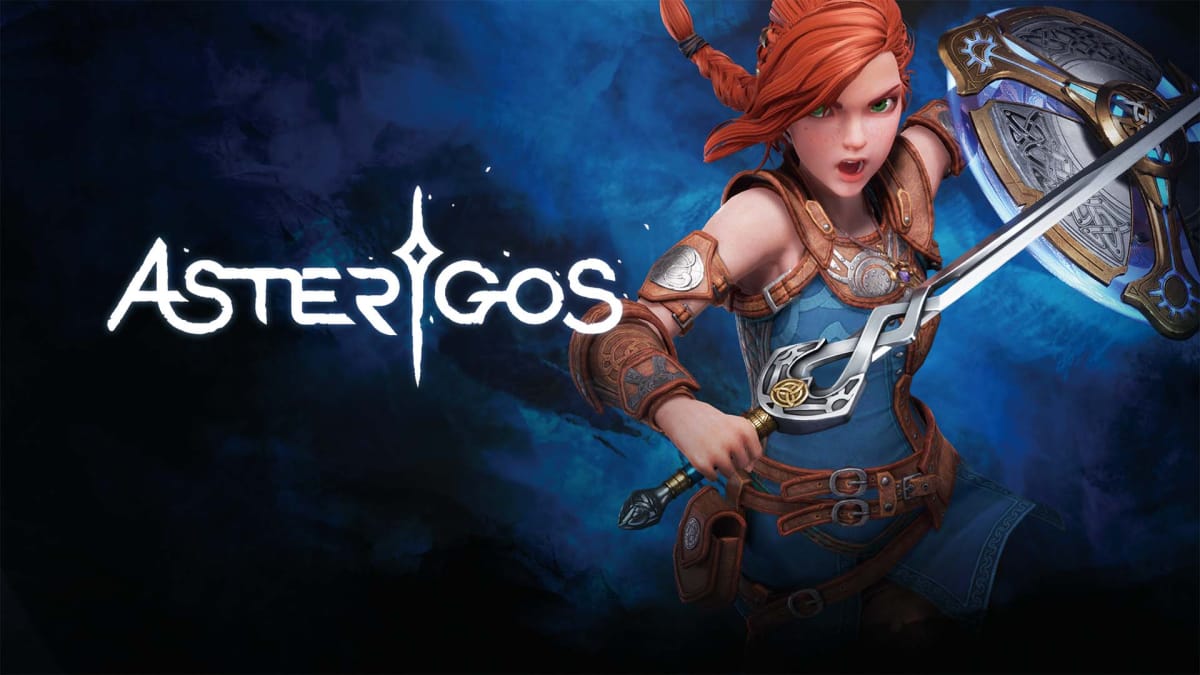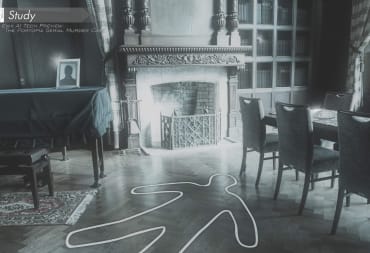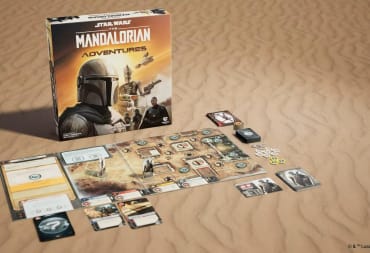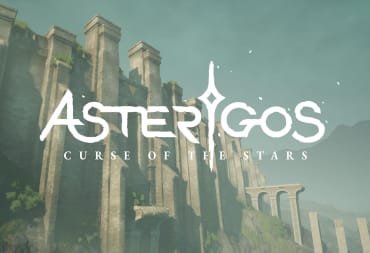I really wanted to like Asterigos: Curse of the Stars. At PAX East, its action-packed combat made a strong impression, and the first boss was the perfect mix of challenging and thrilling. I had high hopes for the final product, but unfortunately, there are too many frustrating obstacles and hindrances that make this action RPG unnecessarily difficult, even for the most seasoned Soulslike fans.
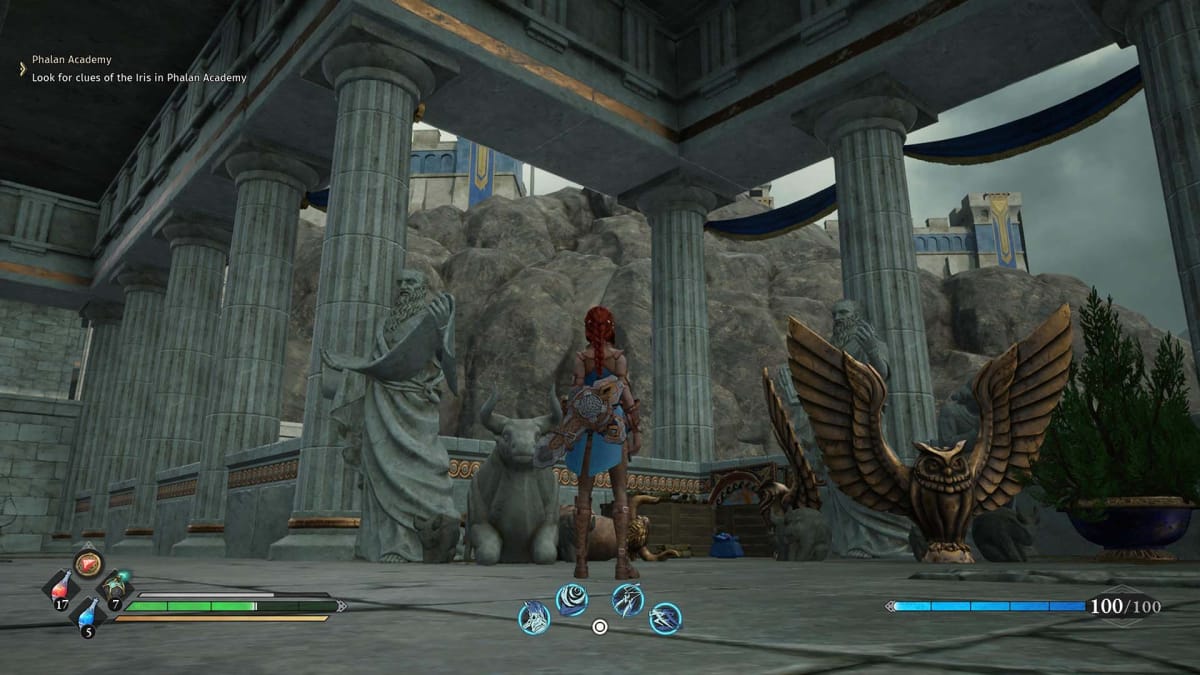
Setting the Stage in Asterigos: Curse of the Stars
In Asterigos: Curse of the Stars, you play a young warrior named Hilda, daughter of the Northwind Legion’s captain. Her dad and his crew head to Aphes, a magical but cursed city, in search of a cure for their king. Aphes' people, along with the king, are afflicted with eternal life that’s only sustained by consuming a special resource called Starite. Without Starite, they die.
Things aren’t so simple in Aphes, though. Some classic political corruption and rigid social hierarchy lead to a city drenched in the ugliness of humanity. After some time, the Northwind Legion stop giving status reports, so it’s up to Hilda to go on a solo scouting mission to find them.
The story isn’t going to blow you away, though it is very cynical. Hilda is a passionate, gung-ho go-getter who wants to make the world a better place. She's an engaging protagonist to follow, thanks to her playful attitude and heroic drive you want to root for. Meanwhile, the adults chide her for being young, naïve, and immature. There are no good people in Aphes, because all humans are selfish at best and vindictive at worst. Whenever Hilda asks a question, the adults condescendingly say she won’t get it until she’s older.
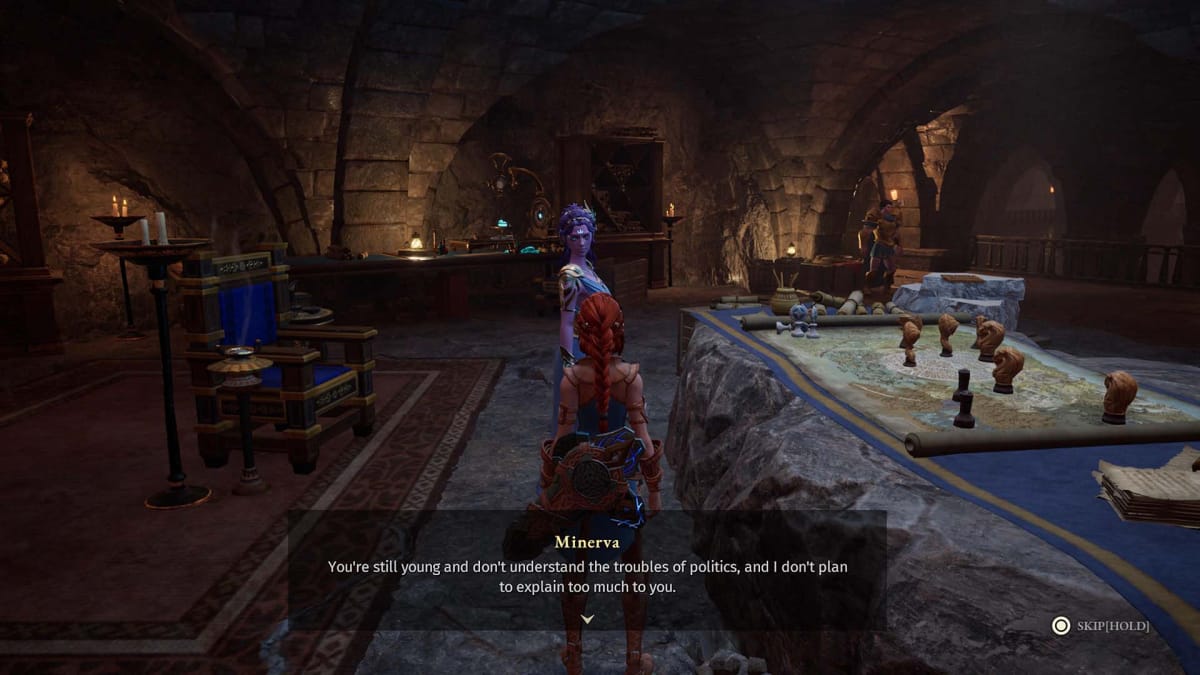
With Aphes, Acme Gamestudio built a world they want you to get lost in. There are hundreds of lore-filled documents to read and dozens of NPCs to chat with, though the presentation of these conversations is a little underwhelming. There are many dialog options as well. Some provide more information, while others feel like you’re making a choice, which is a big part of the game’s marketing.
However, after testing it with another staff member, we came to the conclusion that lots of the big “choices” mostly lead to the same outcome. NPCs may say a few different lines that make you feel like you made a choice, but you ultimately end up with the same story beats.
This isn’t to say all choices don’t matter. Certain ones throughout the game seem to affect which of the two endings you get, and recurring characters will react to your previous actions. Yet, it still leaves a bit of a bad taste when certain flashpoints are presented as a fork in the road, but every choice funnels toward the same result anyway.
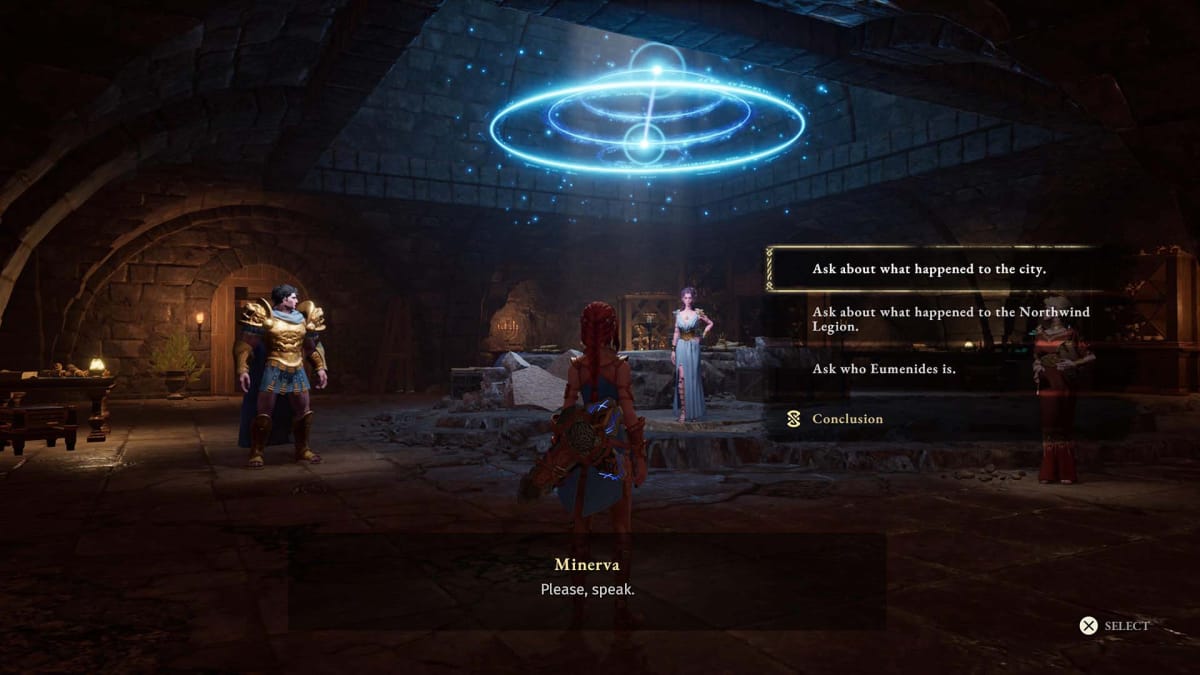
What about when you’re actually playing as Hilda and moving around in the world? As you get your bearings, the charming art direction really carries the experience. Hilda’s model has a lot of character and flair, and the cartoony art style brings the environments to life. In motion, it looks like a modern, high-definition take on those classic PlayStation 2 action adventures.
That style looks just as great during its fast-paced combat, where Hilda weaves in and out of danger while laying down devastating combos. As mentioned in our Asterigos: Curse of the Stars preview, the hack-and-slash combat feels great. It’s not heavy and slow like a Soulslike; instead, it’s about swapping between two weapons on the fly, using combos and abilities to take down enemies.
When the combat works, it works fantastically. Pulling two enemies into each other and causing an explosion is always satisfying, and parrying with the spear leads to delightfully big damage. Landing a volley of fireballs looks and feels so rewarding, and Hilda makes it look effortlessly cool. However, the further in you get, the more the combat starts to unravel at the seams.
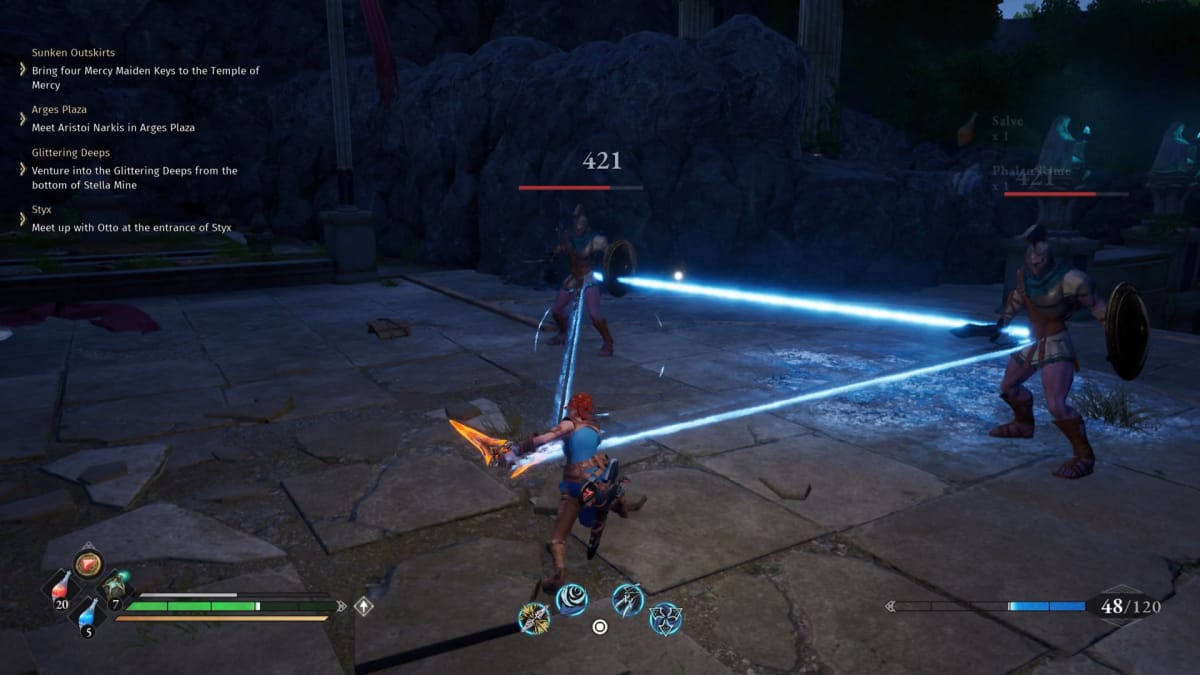
Asterigos: Curse of the Stars Makes You Curse
Asterigos is an action RPG, which means you’ll accrue attribute points. Unfortunately, they feel pretty useless in the long run. Increasing your strength and health sounds nice, but it feels like you’re upgrading by magnitudes of 10 while the enemies get stronger by magnitudes of 100. Even when you upgrade the weapons themselves, the scaling just isn’t doing enough.
This means the more you play, the relatively weaker you feel in comparison to the challenges ahead. Soulslikes are definitely meant to be hard, but Asterigos has a fundamentally flawed difficulty curve that outpaces the player.
Latter boss battles feel like wars of attrition, where health bars are simply gargantuan. Even as you get better at dodging, all it takes is two or three hits to kill you, and since the game plays more like a hack-and-slash, those three hits can come in the span of half a second.
Soulslikes are all about learning boss patterns and exploiting their openings. However, when one little mistake costs you two healing potions, you’ll run out of chances really fast. It’s even worse when your combat animations, as cool as they are, lock you into a long attack pattern that bosses can just attack through. You may be in the middle of doing 1,000 damage, but they won't even bat an eye.
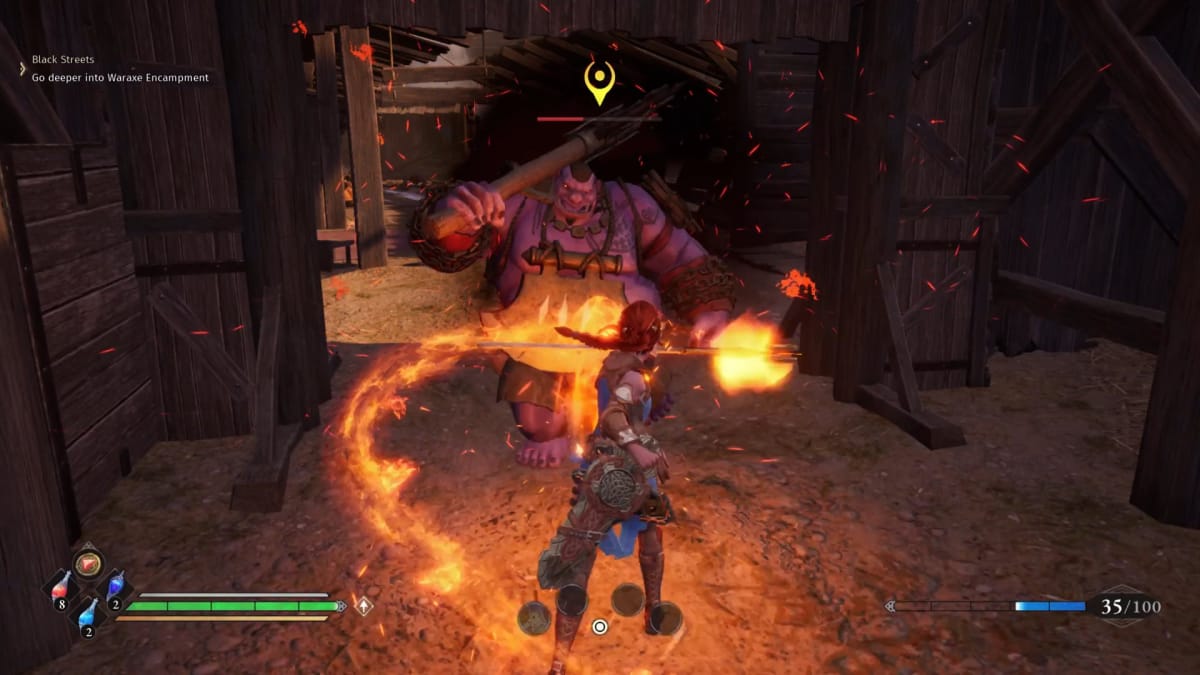
While this may sound like a lot of your typical Soulslike games, Asterigos’ other mechanics outside of combat only makes this trial and error absolutely insufferable. Healing salves don’t replenish when you rest or respawn, so the more you die, the fewer resources you’ll have for subsequent attempts.
The drop rate for salves is pretty low, and you’re more likely to chug them faster than you’ll get them. Just traversing dungeons can drain you of your healing items, between all the traps, ambushes, and the sheer number of enemies ahead.
The only reliable way to regain your healing items is to return to your home base and buy them. In the first half of the game, you can fast travel back home, but you have to walk all the way back to where you were. With the criminally slow movement speed, especially in comparison to the size of these large maps, just the thought of running those distances is enough to make anyone give up.
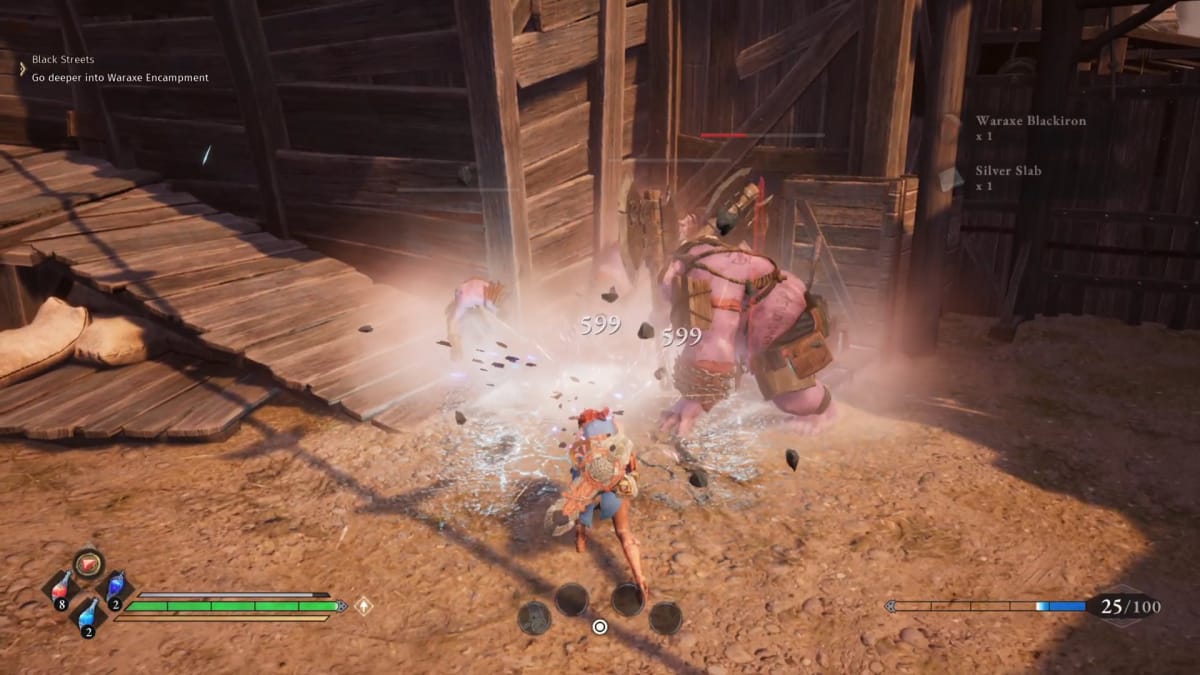
Nearly halfway through Asterigos, you get the ability to fast travel between checkpoints. This makes restocking a little easier, but this is also the point where my patience ran thin enough to put it on the easy difficulty. The only noticeable difference was that my health pool quadrupled. Otherwise, the numbers aren’t tweaked; I could just take four times the hits than I used to.
While easy may feel a little too easy, it often saves you the trouble of interrupting the flow of your adventure just to stock up and go right back into the meat grinder. Frankly, with some of the later bosses that have big, multi-hit, lock-you-in-a-stun attacks, even that quadrupled health bar can start to feel small.
If there was a difficulty somewhere between easy and normal, or if the way salves worked were tweaked, Asterigos’ could possibly be described as tough but fair. However, as it is in its current state, it punishes you by making subsequent tries even harder or forcing you to waste time to restock.
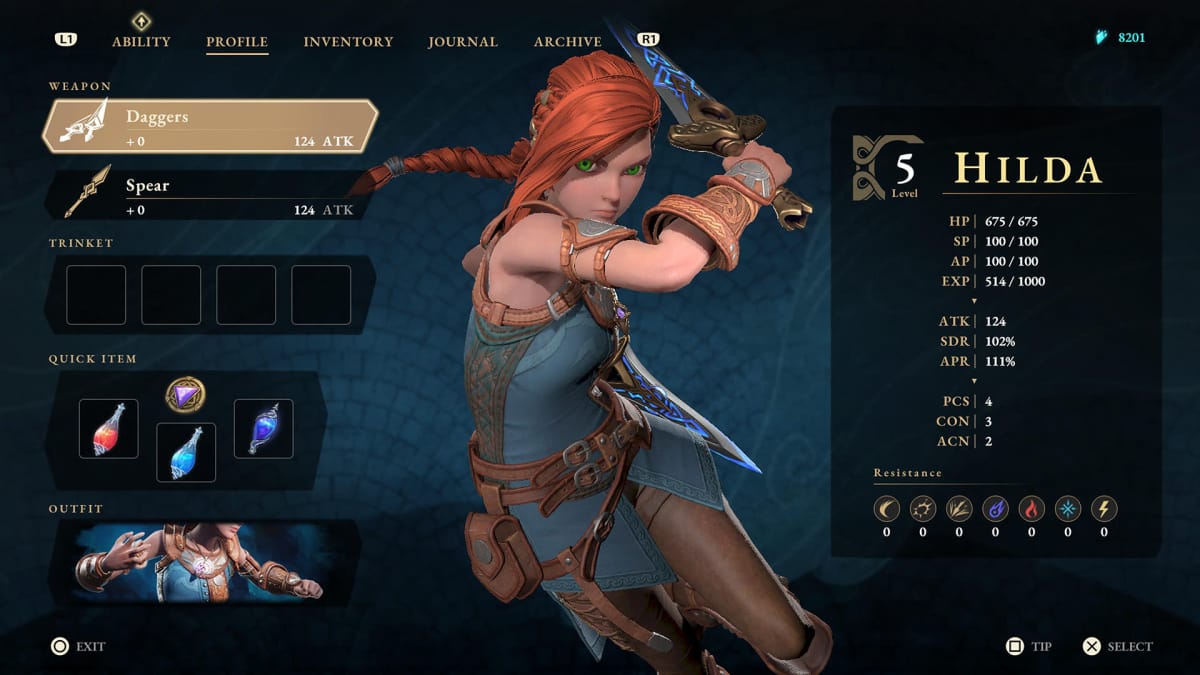
Asterigos: Curse of the Stars Review | Final Thoughts
Asterigos: Curse of the Stars, unfortunately, misses the mark in a lot of crucial areas. While trying to deliver a big “choices matter” story, it tries to trick you more than it delivers on the promise. While its over-the-top combat seems fun and attractive at first, it leads to more frustration than excitement.
With a campaign that spans 20-25 hours, it’s hard to feel like all those hours were justified, especially when every save file comes with a ticker that reads “Round 1.” New game plus, as you might expect, reads “Round 2.” For mega fans, a built-in counter sounds nice in theory. In execution, I don’t imagine many players will be eager to start Round 2—or even get halfway through Round 1.
TechRaptor reviewed Asterigos: Curse of the Stars on PlayStation 5 with a code provided by the publisher. It's also available on PlayStation 4, PlayStation 5, Xbox One, Xbox Series X|S, and Windows PC.
Review Summary
Pros
- Wonderful Cartoony Art Direction
- Flashy, Stylish Combat Animations
- Engaging Protagonist
Cons
- Normal Difficulty Is Woefully Unbalanced
- Choices Matter... Only a Little Bit
- Slow Narrative and Movement Bloat the Play Time
Have a tip, or want to point out something we missed? Leave a Comment or e-mail us at tips@techraptor.net
